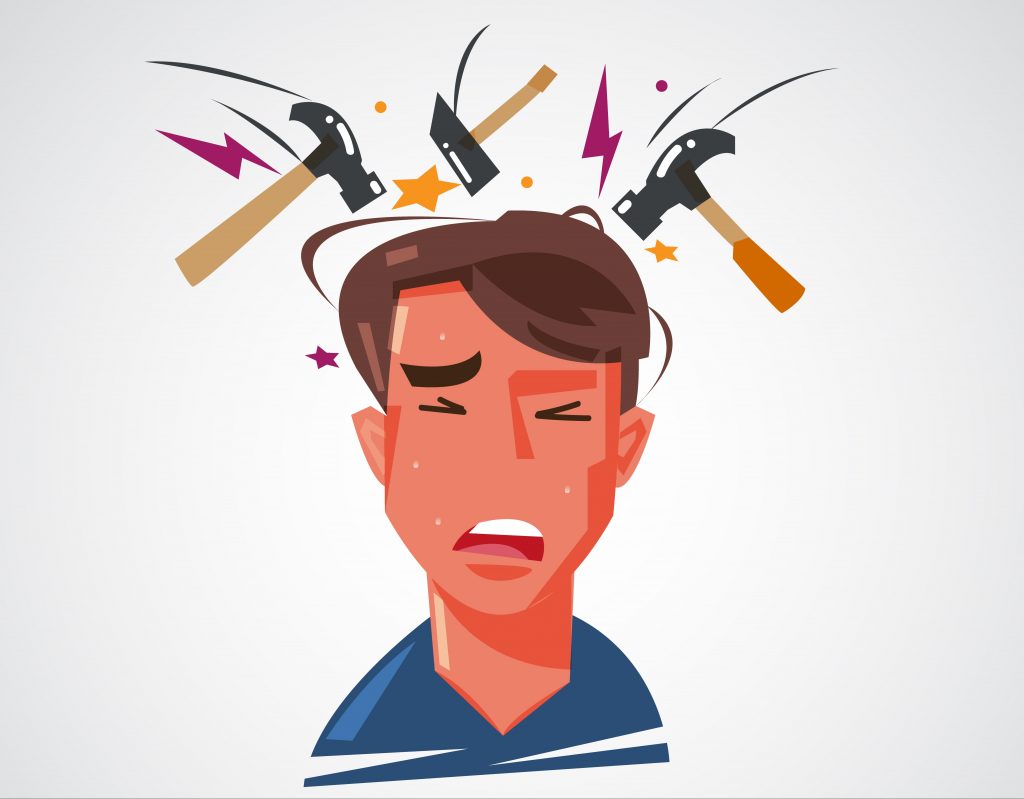E tu che mal di testa hai?

La prima cosa da fare quando si parla di mal testa è capire quale tipo mal di testa sia.
Secondo la classificazione fatta dalla International Headache Society si distinguono diversi tipi di cefalea ed emicrania sulla base dei sintomi:
- cefalee primarie (senza specifici fattori, cause o malattie che possano aver provocato il mal di testa)
- cefalee secondarie (conseguenti ad una causa specifica che, se rimossa, farebbe cessare il dolore)

Tra le cefalee primarie distinguiamo poi:
- Emicrania
- Cefalea Muscolo Tensiva (scopri di più)
- Cefalea a Grappolo
- Altre Cefalee
Secondo l’Organizzazione Mondiale della Sanità il 46% della popolazione (maggior incidenza tra le donne) ha sofferto di almeno un episodio di cefalea tensiva ed almeno il 10% di emicrania.

Una cefalea secondaria è un mal di testa causato da un’altra malattia preesistente e che quindi scompare con la cura di quest’ultima, per esempio:
- Trauma cranico o Cervicale (scopri di più)
- Disturbi vascolari cranici o cervicali
- Nevralgie
- Infezioni
- Disordine Temporo-Mandibolare (scopri di più)
È possibile che più forme ti mal testa coesistano, occorre quindi fare una precisa diagnosi differenziale ed eventualmente impostare una terapia multidisciplinare
HAI UNA CEFALEA MUSCOLO TENSIVA?
CLICCA QUI PER SCOPRIRE IN COSA PUÒ AIUTARTI LA TERAPIA MANUALE FISIOTERAPICA E L'ESERCIZIO
Spegni il tuo mal di testa!
